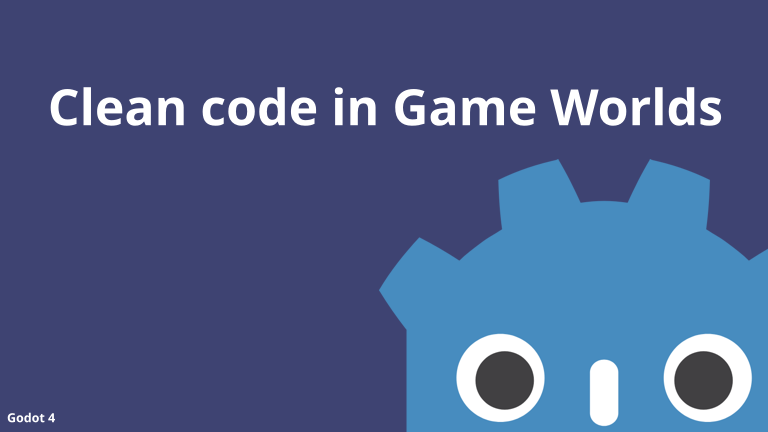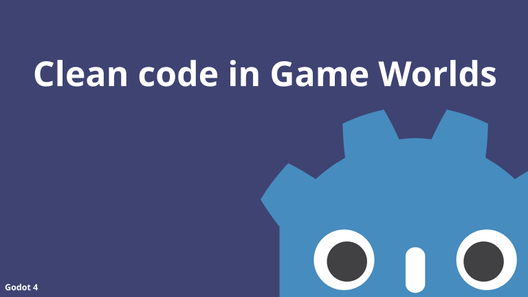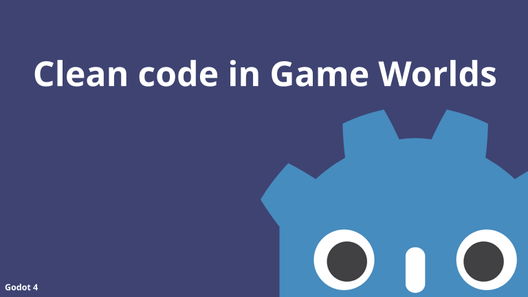Introduction
Making games is fun. Right? Most of us get into the game development world because it looks like fun to make games! And that's why it's so frustrating when we dive deep into it, start making our dream game, making good progress and then hours or days later we realize we're swimming in spaghetti code, everything starts breaking, nothing makes sense anymore and it feels like the development part is the biggest boss fight this game will see.
Well my friends, let me introduce you to the beautiful and simple world of Clean Code. With the principles that I'll start introducing in this series you'll be able to not only make a game, but more importantly you'll be able to enjoy making and growing your game. With the information you'll learn here you'll be able to achieve the following super powers:
- You'll be able to write re-usable components that you'll be able to use within your game as well as across your future projects.
- You'll be able to think about code in a completely new way, one that will make it feel as if the code is designing itself.
- You'll be able to create the supporting tools that will help you and/or your game and level designers create content for your game much more easily
- You'll learn best practices that are used across most software industry in a fun and intuitive way.
Outline
If at least one of these sounds useful to you, you should absolutely continue reading! If not then, well, it was nice seeing you here. Maybe there's another article somewhere on this blog that would be more suited for you!
For those still reading, let me do a quick rundown of things to come:
- Part II - Reification of the Coin will be focused on getting abstract game ideas into concrete objects and teaching you what is the best way to think about these objects and let the code flow almost like magic.
- Part III - Tools and Signposts is all about introducing the idea of creating tools that allow you to build up your game levels much more easily.
- Part IV - Signal for the exit finishes the coding part of the series by introducing the right place and time where to use signals.
- Part V - Brand new Game World ties everything together and summarizes the key takeaways of the series.
If you want to follow this series yourself, you can get the assets here



